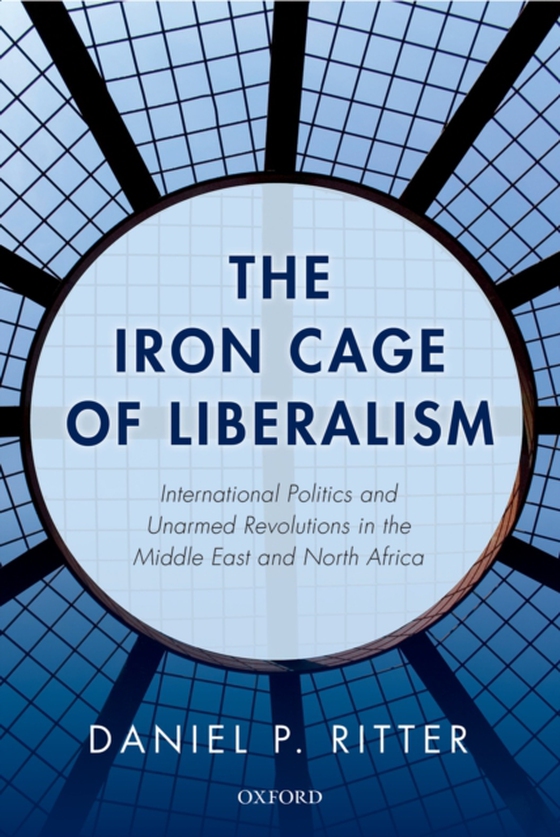
Iron Cage of Liberalism e-bog
948,41 DKK
(inkl. moms 1185,51 DKK)
Over the last forty years the world has witnessed the emergence and proliferation of a new political phenomenon - unarmed revolution. On virtually every continent, citizens have ousted their authoritarian leaders by employing nonviolent tactics such as strikes, demonstrations, boycotts, and civil disobedience against them. At the same time however, similar movements elsewhere have been brutally...
E-bog
948,41 DKK
Forlag
OUP Oxford
Udgivet
18 december 2014
Længde
248 sider
Genrer
Political science and theory
Sprog
English
Format
pdf
Beskyttelse
LCP
ISBN
9780191632983
Over the last forty years the world has witnessed the emergence and proliferation of a new political phenomenon - unarmed revolution. On virtually every continent, citizens have ousted their authoritarian leaders by employing nonviolent tactics such as strikes, demonstrations, boycotts, and civil disobedience against them. At the same time however, similar movements elsewhere have been brutally crushed by autocrats determined to cling to power. In this book, Daniel Ritter seeks to understand unarmed revolutions by posing two interrelated questions: Why do nonviolent revolutionary movements in some countries topples autocratic regimes while similar movements elsewhere falter, and why has the world witnessed the proliferation of unarmed revolutions in the last forty years? Through a comparative historical analysis of the Iranian, Tunisian, and Egyptian revolutions, he argues that close and friendly international relations betweendemocratic states in the West and authoritarian regimes elsewhere constitute a plausible explanation for nonviolent revolutionary success. In an original conceptualization of revolutionary dynamics, Ritter argues that Western-aligned autocrats eventually find themselves restrained by their strong links to the democratic world through a mechanism he refers to as 'the iron cage of liberalism.' Having committed rhetorically to the West's fundamental political discourse of democracy and human rights, the dictators in Tehran, Tunis, and Cairo found themselves paralyzed when nonviolent crowds challenged them with tactics and demandsfully compatible with the political ideals the regimes claimed as their own.
 Dansk
Dansk

